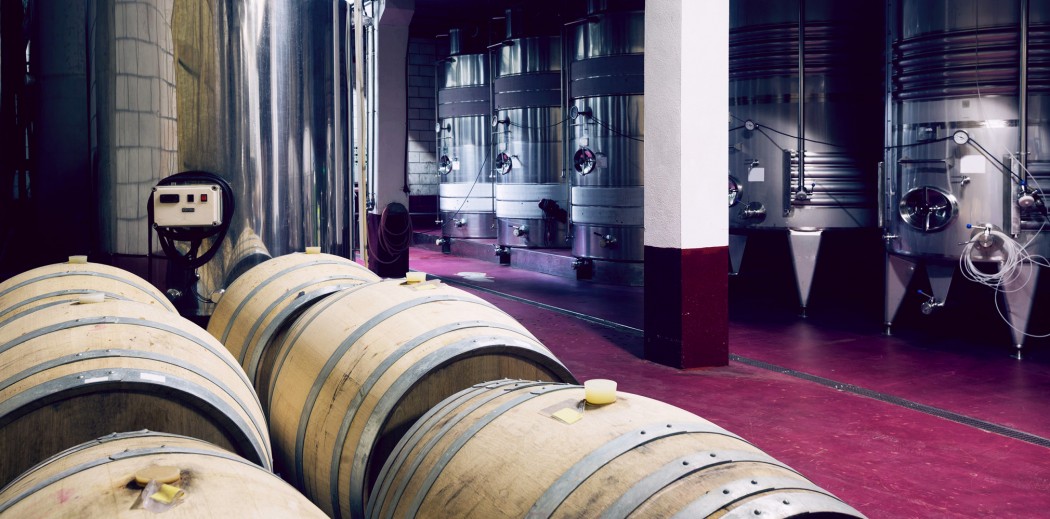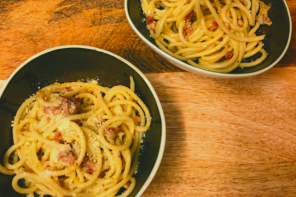Malolactic fermentation. Yeah, say that one three times fast. It’s another big term for one of the many tools available in making great wine – and it’s an important one.
Some wines are meant to be tart (heard about Cviček yet?), but wine wouldn’t be as awesome as it is if every sip we took was accompanied by a tingling jaw and puckered face. This is where malolactic fermentation comes along. Often known in the wine world as just “malo” or “MLF,” this process is a way to soften wine that would otherwise have a very acidic bite.
MLF usually occurs right after primary fermentation – that glorious process that turns sugars into alcohol. Though called fermentation, malolactic fermentation (sadly) doesn’t produce any more alcohol, just a little CO2. But MLF has some other cool tricks up its sleeve.
MLF is the process of malolactic bacteria converting tart malic acid into much softer milk-like lactic acid. It’s almost as simple as that.
The process can naturally occur due to naturally occurring bacteria in the wine, though conditions must be just right for bacteria to grow. Winemakers often add bacteria to ensure MLF will occur – and occur before it’s in the bottle (a funky process that could leave you with a mess and bad tasting wine). Winemakers have other ways of encouraging or preventing malolactic fermentation such as controlling the temperature, monitoring sulfur dioxide levels or choosing whether to keep the wine on the lees after fermentation.
MLF is almost always used in red winemaking, and sometimes in white winemaking. The process will likely result in less crisp and less fruit-flavored wine (MLF is not ideal for fruit-driven wines), and more complex wines. It can also result in buttery flavors or odors like those commonly associated with Chardonnays, which often go through MLF to some extent.
But MLF is primarily – and most importantly – the conversion of a very sour acid (think: Granny Smith apples) into a less acidic, easier-on-the-mouth acid and a very enjoyable wine.









If you want cheese curds, try Mad River Bar and Grill on 3rd Ave around 80th Street. They are a Packer bar (but you may already know of it) and have curds. Let me know how they stand up to the real thing.
A great Wisconsin bar!